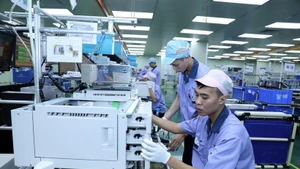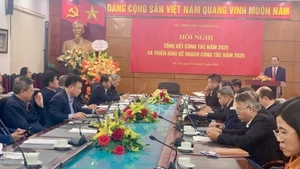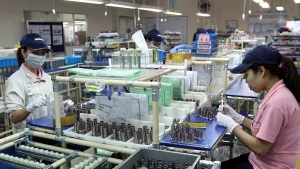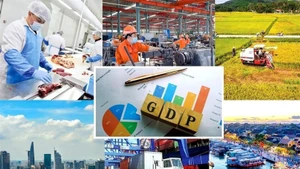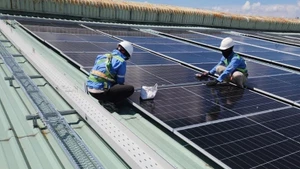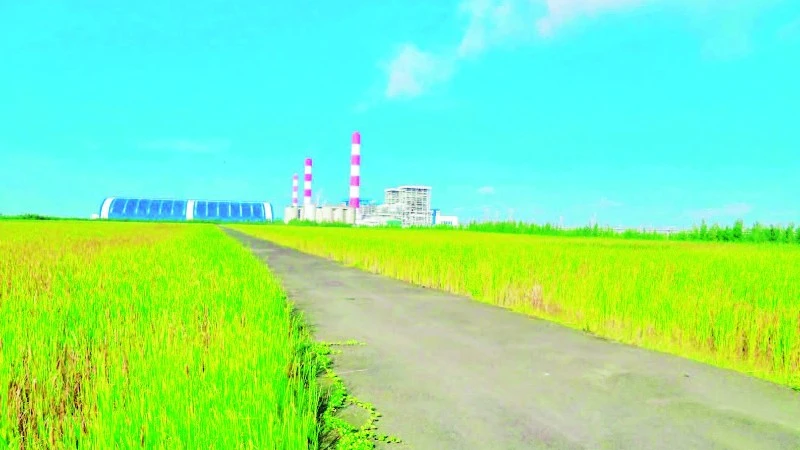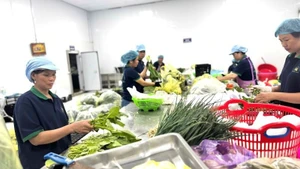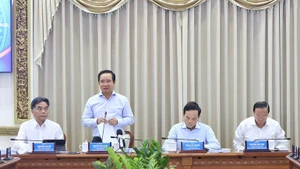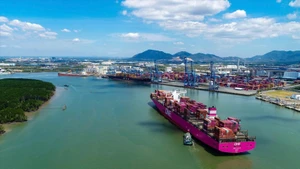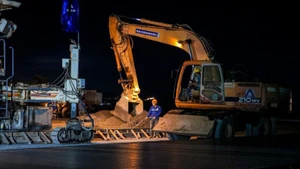Data released by the Foreign Investment Agency (FIA) under the Ministry of Planning and Investment (MPI) showed that FDI pledges in the first half of 2022 reached 14 billion USD, down 6.5% in terms of new projects and 48.2% in terms of capital. However, the positive trend in the investment inflow into Vietnam is the strong rise in capital adjustments, contributions and share purchases by foreign investors.
Specifically, 487 projects filed for capital increases totalling 6.82 billion USD, with these figures up 5.9% and 65.6% respectively. The average capital increase of a project was also relatively high and the trend could be seen in many electronics and high-tech manufacturing projects.
According to the FIA, rises in capital adjustment reflected the effect of inflation due to political and trade tensions, but also showed continued confidence of foreign investors in Vietnam’s economy and business environment.
The total value of capital contributions by foreign investors rose 41.4% to 2.27 billion USD, while FDI disbursements were estimated at 10 billion USD, up 8.9% year on year, marking the largest increase in the past five years.
Director of the General Statistics Office Nguyen Thi Huong said that although new capital pledges fell 8.1%, a positive trend can still be seen in detailed data, reflecting the overall recovery of manufacturing and foreign investment activities, as well as foreign investors’ continued confidence in Vietnam’s business environment as a safe and attractive investment destination.
Commenting on the FDI prospects for the latter half of the year, the MPI cited analyses by domestic and foreign research agencies that claim the investment outlook is less positive. In this context, the FDI inflow into Vietnam continues the recovery trend thanks to the country’s successful containment of COVID-19 as well as its advantages in political and macroeconomic stability and foreign investors’ confidence in Vietnam’s policy of accompanying the business community.
A recent survey by HSBC on over 1,500 companies from the world’s six largest economies operating or having plans to operate in Southeast Asia shows that Vietnam is emerging as one of the world’s manufacturing hubs.
According to the bank, Vietnam has an enviable position that has been achieved due to the favourable policies deployed by the Government, especially around free trade agreements, while the trend of more global companies moving to Vietnam is not temporary but is actually much more long term and very strategic.
The FIA noted two points in the current FDI situation. Firstly, capital pledges are recovering over the months but the increase has not met expectations, and secondly the Russia-Ukraine conflict is projected to lead to the relocation of investment in these two countries to Asia, which can benefit Vietnam.
In order not to miss the opportunity, the MPI has suggested focusing on fine-tuning the mechanism in a way that facilitates foreign investors and introduces policies to attract quality FDI inflow that are appropriate to each sector. Vietnam should proactively implement investment promotion campaigns, work with the world’s large companies to discuss and share investment opportunities in Vietnam.
At the same time, it is necessary to enhance transport links between provinces and cities as well as step up administrative reform and improve the business climate and workforce quality. For their part, domestic companies need to enhance their technological capabilities, labour and management quality so that they can secure orders from foreign-invested companies.


